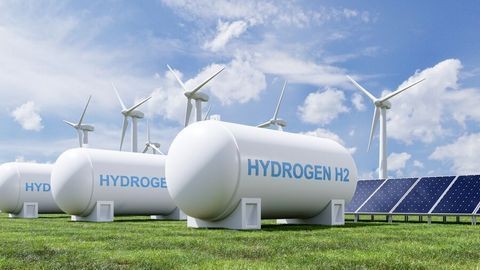Not Just the FAR, SAM.gov Gets Overhauled Too
Client Alert | 3 min read | 09.04.25
The System for Award Management (SAM, available at sam.gov) is set to incorporate Revolutionary FAR Overhaul (RFO) changes as early as the first quarter of 2026. The RFO process, which began earlier this year, will trigger matching changes to representations and certifications in SAM.gov.
SAM currently requires three types of representations and certifications when registering an entity:
|
Type of Representation & Certification |
Description |
|
Type 1: Entity-level |
Representations and certifications that are specific to the entity |
|
Type 2: Procurement-specific |
Representations and certifications that are specific to the procurement |
|
Type 3: By Submission of Offer |
Representations and certifications that do not collect information at all from the |
With the RFO changes, SAM will continue to collect Type 1 (entity-level) representations and certifications but cease collecting Types 2 and 3 representations and certifications which will instead be collected on a solicitation or contract basis. Additionally, to the extent that the RFO removes representations and certifications from the FAR, those representations and certifications will be removed from SAM and procurement-level collection entirely.
The government plans to release a full list of RFO-related changes to the SAM representations and certifications, as well as plans for system changes and implementation timelines, by the end of 2025. RFO-related changes to SAM.gov are not expected to be implemented before January 2026.
Key Takeaways
- Potential benefits to contractors. Overall, these planned updates to SAM should enable businesses to provide more precise representations and certifications and hopefully to complete registrations and annual renewals with greater ease.
- Ensure accuracy of SAM representations and inclusion of all necessary representations in proposals. Until these changes are in force, contractors could be asked to make unnecessary or duplicative representations in certain cases. For example, some representation requirements might already have been removed from the FAR yet remain in SAM, or agencies might require procurement-specific representations even though the contractor already made an annual representation in its SAM registration. Companies should be sure that their SAM registration representations are accurate and that each solicitation is reviewed closely for any additional or duplicative representations to ensure consistency in representations and to ensure proposals are complete.
- Ensure prompt annual updates and monitor SAM representations closely. The SAM registration creation and update user interfaces have been undergoing changes throughout this year and those updates continue. Those changes, in conjunction with this period of RFO-triggered transition, may result in errors, glitches, and unforeseen problems in the SAM registration process. Contractors should update registrations well in advance of expiration dates and deadlines as there may be unscheduled SAM website downtime, processing delays, or changes to the representation response options. Making early annual updates will provide contractors time to (i) resubmit or otherwise remedy errors caused by website issues or processing delays, (ii) determine the proper response when a representation option changes, and (iii) resolve issues through the Federal Service Desk or with the General Services Administration if needed.
Contacts
Insights
Client Alert | 2 min read | 12.19.25
GAO Cautions Agencies—Over-Redact at Your Own Peril
Bid protest practitioners in recent years have witnessed agencies’ increasing efforts to limit the production of documents and information in response to Government Accountability Office (GAO) bid protests—often will little pushback from GAO. This practice has underscored the notable difference in the scope of bid protest records before GAO versus the Court of Federal Claims. However, in Tiger Natural Gas, Inc., B-423744, Dec. 10, 2025, 2025 CPD ¶ __, GAO made clear that there are limits to the scope of redactions, and GAO will sustain a protest where there is insufficient evidence that the agency’s actions were reasonable.
Client Alert | 7 min read | 12.19.25
In Bid to Ban “Woke AI,” White House Imposes Transparency Requirements on Contractors
Client Alert | 5 min read | 12.19.25
Navigating California’s Evolving Microplastics Landscape in 2026
Client Alert | 19 min read | 12.18.25
2025 GAO Bid Protest Annual Report: Where Have All the Protests Gone?






